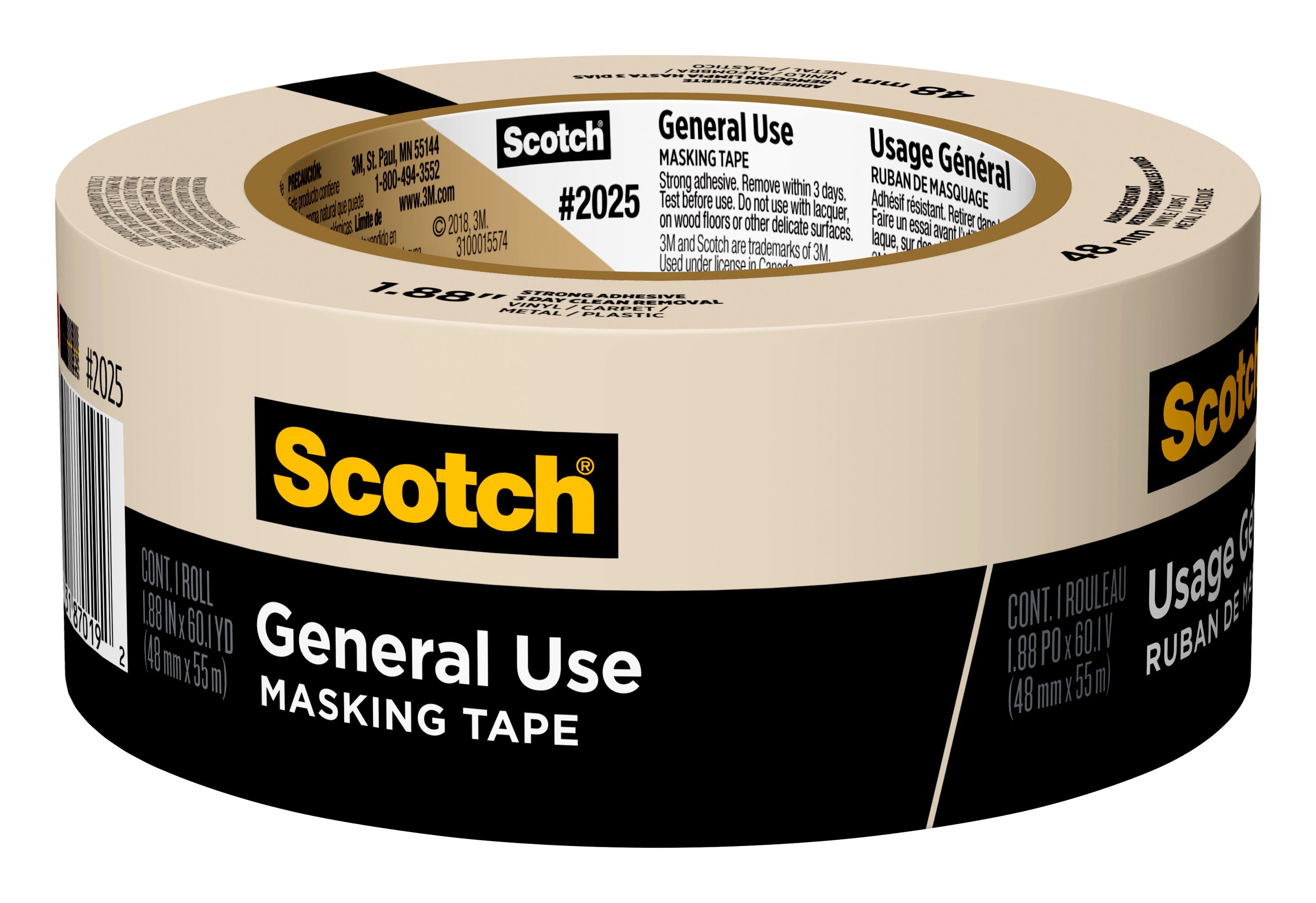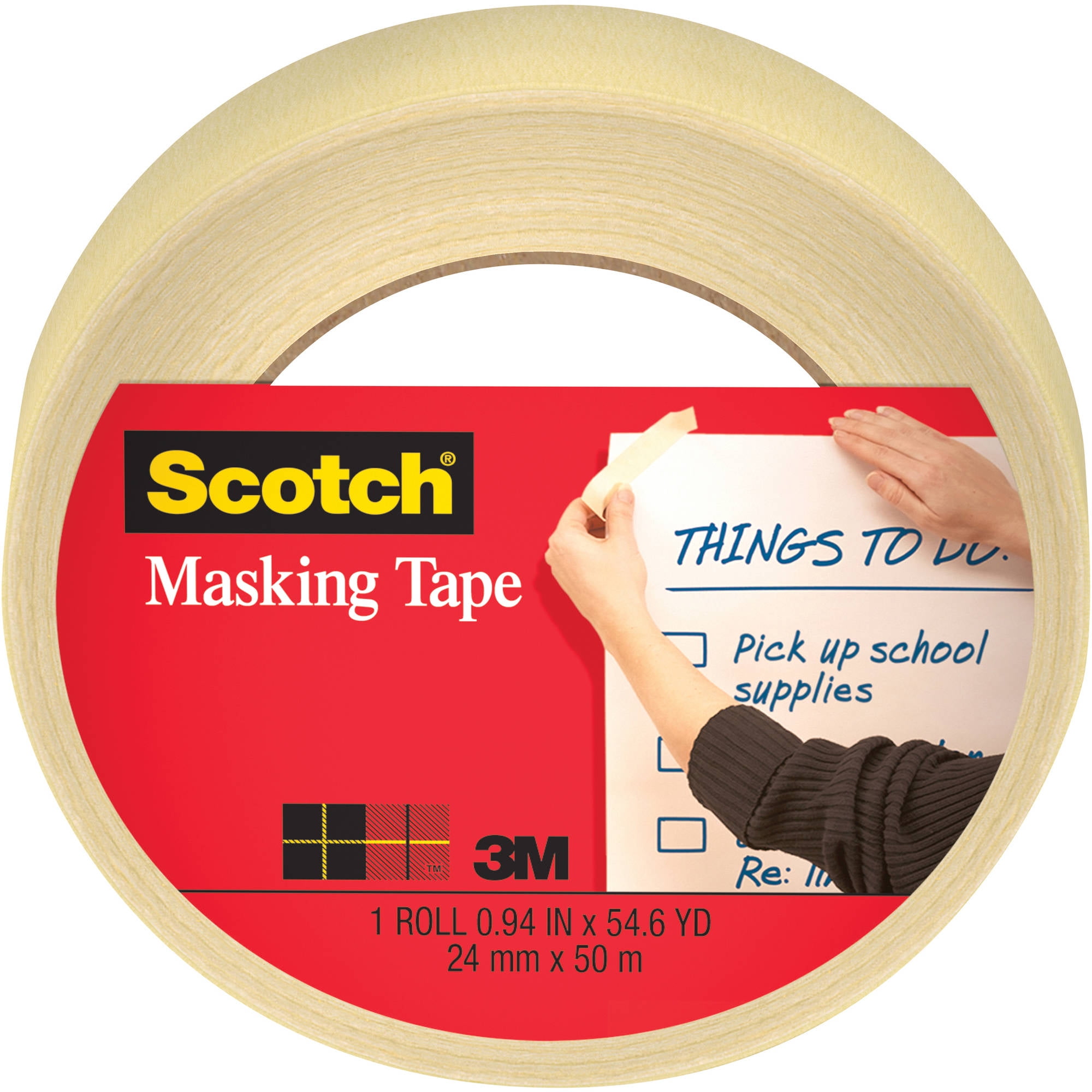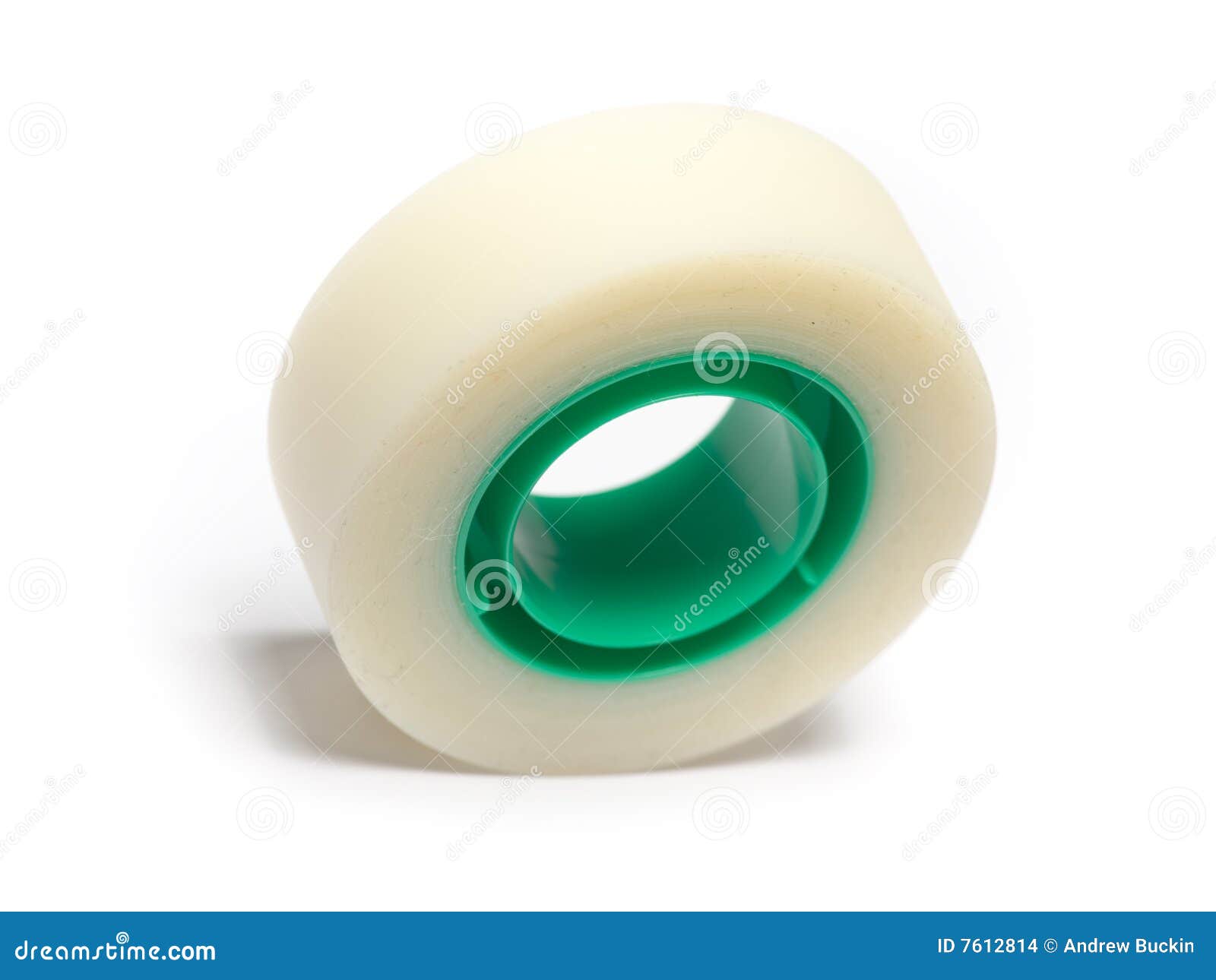

But the demands of playing in bands at night and taking classes during the day proved too much. Using this talent, he earned enough to pay for engineering classes at the University of Minnesota. Paul, Minn., Drew spent much of his time playing banjo in local dance bands. Still, Drew hardly seemed like an innovator. He didn't even know exactly what was needed, but he had the optimism of youth." It also helped that he received the backing of his superiors at 3M, who were looking for ways to diversify the company. It was a brash pledge since, as one historian noted, "(Drew) could back this promise with neither experience nor know-how. He could, he said, produce a tape that would end the painter's torment. Drew had seen this occur on many other visits, but this time he spoke up. One morning in 1923 he walked into one of these shops and overheard "choicest profanity I'd ever known." Yet another paint job was botched and the worker who'd done it was furious. One of Dick Drew's jobs was taking samples of waterproof sandpaper (another 3M invention) to nearby auto body shops for testing.

This helped create a sharp demarcation between the two colors, but the adhesives stuck so firmly that trying to remove them often ruined the paint job.Īt the time, 3M primarily manufactured sandpaper and other abrasives.
Scotch tape windows#
They glued old newspapers to the body and windows with library pastes, homemade glues or surgical adhesive tape. So automakers and auto body shops improvised.
Scotch tape how to#
The problem was nobody knew how to do this well.

To craft this duo-tone look, one portion of the car had to be masked off while the other was painted. And his ingenious solution-masking tape-would revolutionize 3M and set the stage for eventual development of Scotch ® Transparent Tape.īy the early 1920s, two-toned cars were the rage, and that created a major headache for the automotive industry. Drew, a 23-year-old 3M research assistant, was a big one. Producing the first roll of Scotch ® Tape wasn't just a challenge, it was something of a marvel considering that it was the brainchild of a banjo-playing, engineering school dropout who had a limited background in chemistry and who had no idea what he was getting into when he told a client he could solve his problem.

Richard Drew Solves the Painter’s Problem Landmark Designation and Acknowledgments.Legacy of Scotch ® Tape: Depression-era Fix-all, and Later Scotch® Products.Development of Scotch ® Transparent Tape.Richard Drew Solves the Painter’s Problem with the Invention of Masking Tape.Yet driven by what was to become a corporate credo-"Thou shalt not kill a new product idea"-Minnesota Mining and Manufacturing (3M) engineers persisted and ultimately triumphed, creating what was to become one of the most ubiquitous and successful products ever developed. Yet Scotch ® Transparent Tape has an extraordinary history marked with audacity, serendipity, and "stick-to-itiveness." For a time in its early development, the very idea of transparent tape seemed ludicrous as each day stacks of spoiled cellophane piled up several feet high on a laboratory floor. It is so commonplace that it is easy to take for granted. It's been used for everything from wrapping gifts to protecting blimps. Dedicated September 19, 2007, at 3M Company in St.


 0 kommentar(er)
0 kommentar(er)
